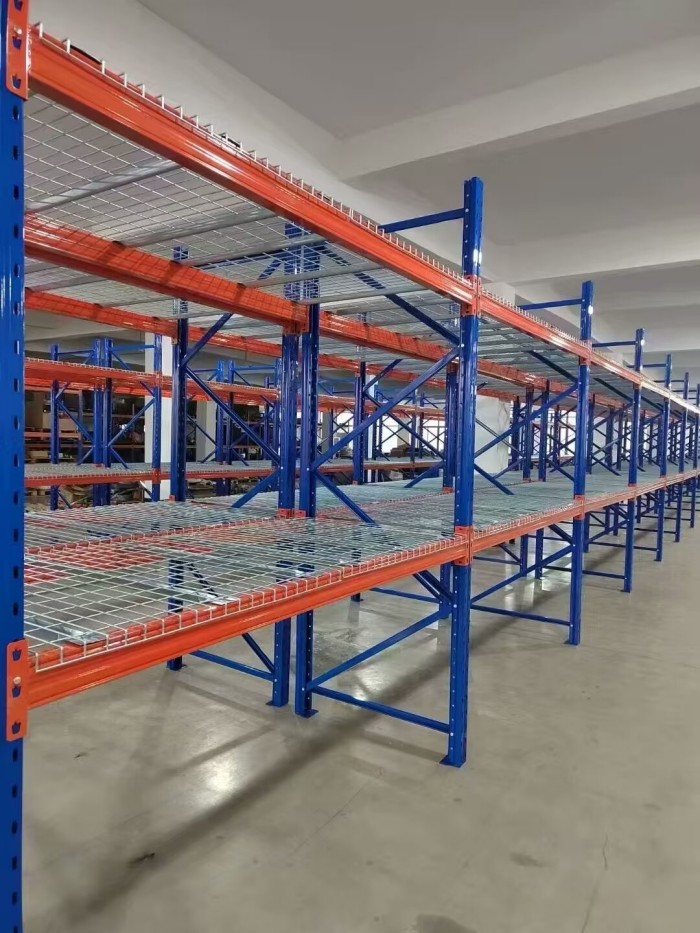
PVC cladding is a versatile and durable material widely used for exterior applications. Whether you're renovating your home or constructing a new building, understanding how to fit PVC cladding outside is crucial for achieving a professional and long-lasting finish. In this comprehensive guide, we will delve into the intricacies of PVC cladding installation, providing you with expert tips and techniques to ensure a successful project.
- Understanding PVC Cladding:
Before diving into the installation process, it's essential to have a solid understanding of PVC cladding. PVC, or polyvinyl chloride, is a synthetic plastic material known for its durability, weather resistance, and low maintenance requirements. PVC cladding is designed to mimic the appearance of traditional timber while offering superior performance and longevity. - Preparing for Installation:
Proper preparation is key to a successful PVC cladding installation. Start by measuring the area accurately and calculating the required materials. Ensure that the surface is clean, dry, and free from any debris or loose paint. Repair any damaged areas and apply a suitable primer to enhance adhesion. - Choosing the Right Tools and Materials:
To achieve a professional finish, it's crucial to use the right tools and materials. Opt for high-quality PVC cladding panels that are specifically designed for outdoor applications. Invest in a reliable cutting tool, such as a circular saw or a specialized PVC cutter, to ensure clean and precise cuts. Additionally, gather the necessary accessories, including screws, adhesives, and trim pieces. - Installation Techniques:
There are several installation techniques for PVC cladding, depending on the desired aesthetic and the condition of the substrate. The most common methods include direct fixing, secret nailing, and using adhesive systems. We will explore each technique in detail, highlighting their advantages, limitations, and step-by-step instructions. - Maintenance and Care:
Proper maintenance is essential to prolong the lifespan and appearance of PVC cladding. We will provide you with practical tips on how to clean and maintain your cladding, including recommended cleaning agents, frequency of cleaning, and potential issues to watch out for. By following these guidelines, you can ensure that your PVC cladding remains in pristine condition for years to come.
Conclusion:
Mastering the art of PVC cladding installation is a valuable skill for homeowners, contractors, and DIY enthusiasts alike. By following the techniques and tips outlined in this comprehensive guide, you can confidently transform the exterior of your property with PVC cladding. Remember to prioritize safety, precision, and attention to detail throughout the installation process. With proper care and maintenance, your PVC cladding will not only enhance the aesthetics of your property but also provide long-lasting protection against the elements.






